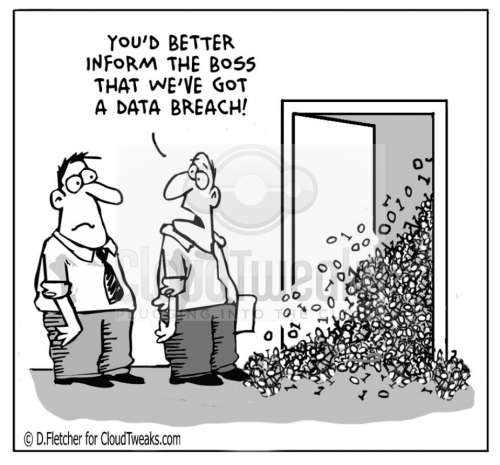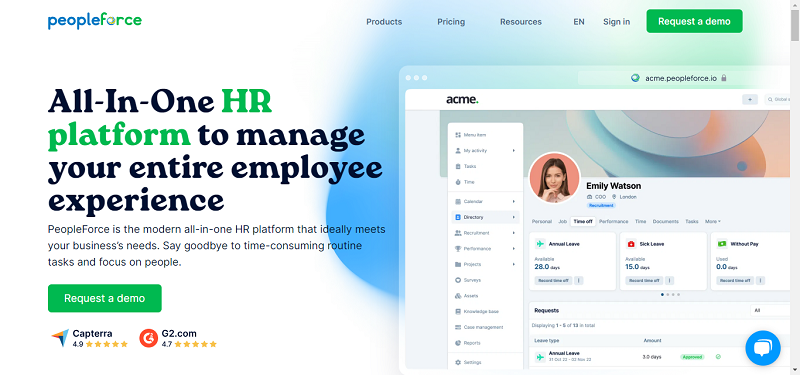How do you test your data management systems? With Delphix, you can automate your tests by running your data against a virtual copy of your production environment.
Today, the amount of data created, stored and analyzed by businesses is growing exponentially. The challenges are enormous, but Delphix provides an innovative solution.
The company’s new Test Data Management product aims to help companies build more accurate test plans by leveraging their existing data.
When it comes to test data, the most important thing is that you get it right. A single mistake in data entry can cause serious problems in test quality and even your entire test plan. But not all test data management tools work the same way.
The world’s data is growing at an unprecedented rate, and it’s becoming increasingly difficult to manage. Data is being created, migrated, transferred, analyzed, stored, and more—and it’s all happening at breakneck speed. Companies of all sizes are struggling to keep up with the data deluge. Some are even beginning to lose data. But data management is not a one-size-fits-all problem. You don’t need to run a big organization or operate in the cloud to face the challenges of today’s data. And you don’t need to be a software developer to be able to solve them.

Test data management (TDM) can capture test results and use those tests to improve the quality of its products, processes, and services. As part of its TDM strategy, the companies rely on both a manual approach and automation tools. This strategy is particularly important at scale.
What if you’re a company that doesn’t have any data? For example, what if you’re a web-hosting provider and you don’t even host your own websites yet? There are tons of services and tools out there to help you out with this problem, but they require one thing: money. If you’re a startup or small business, you’re probably not going to be able to spend a lot of money on your data.
Delphix provides a free cloud-based data management solution to help its customers manage and store their big data. This solution consists of three main components: Data Management, Data Analytics and Big Data Cloud. Each component helps customers to easily ingest, analyze, and share data. The platform allows users to automate and simplify data collection, analysis, and processing to reduce human error. Placing them as a leading player in the business of big data.
Test data management can be a pain for IT pros. It requires a lot of time, resources, and planning to create test data and manage it once created. But as companies continue to innovate, test data management becomes even more crucial. It’s a challenge to keep up with new applications, testing requirements, and business demands. This helps companies manage their test data through automation. The company offers a SaaS-based solution for test data management. The software has tools to help customers build out automated tests. It also includes reporting and analytics to help them gain a better understanding of what their tests are telling them.
One of the biggest benefits of test data management is the ability to quickly find data. Whether you’re managing a marketing campaign or an A/B test, data can be tricky to track and difficult to pull into a spreadsheet. In an A/B test, for example, where you are comparing two different versions of a page, you have to be able to track all of your users’ interactions with those pages, including clicks, which are tracked by Google Analytics. This is difficult to do when you’re just starting out, since you don’t know what data to expect or where to find it. Test data management takes away the headache of having to figure out which data to track and where to find it, which makes it easier to stay on task.
A company’s test data is its most valuable asset. It’s the source of its competitive advantage, but also the source of its most painful liabilities. Managing test data correctly is vital to a successful product launch, because without it, an organization’s ability to test its products and make informed decisions about product release dates is severely limited.
By Gary Bernstein





